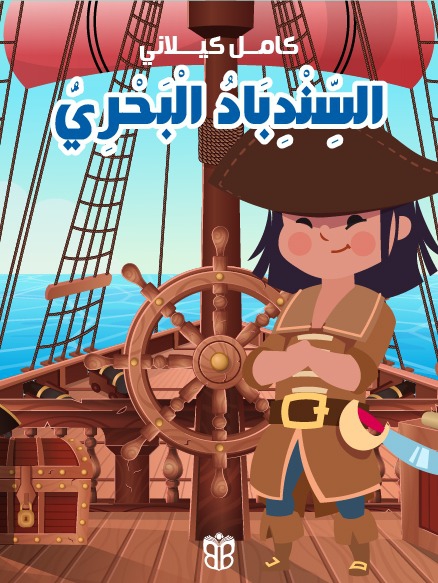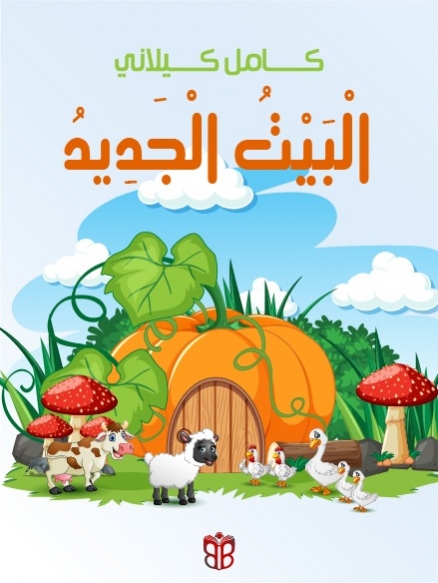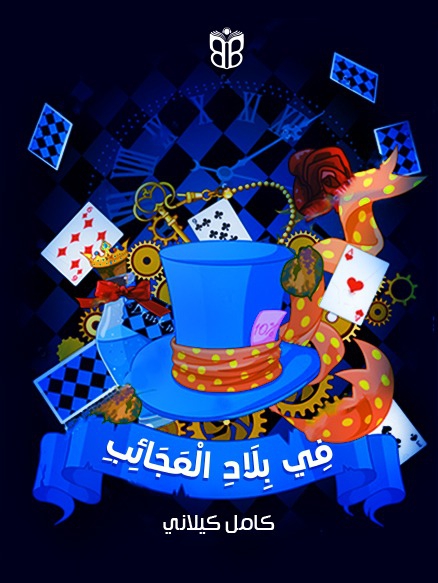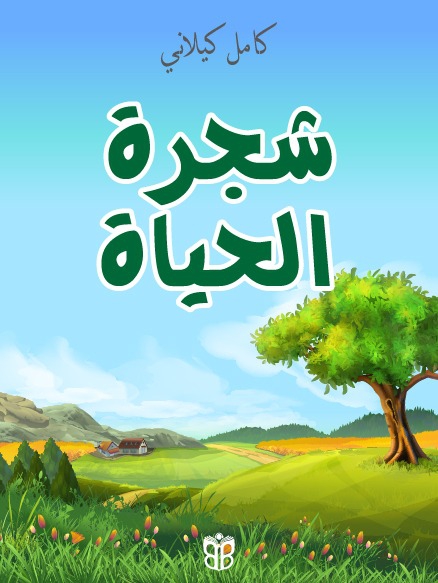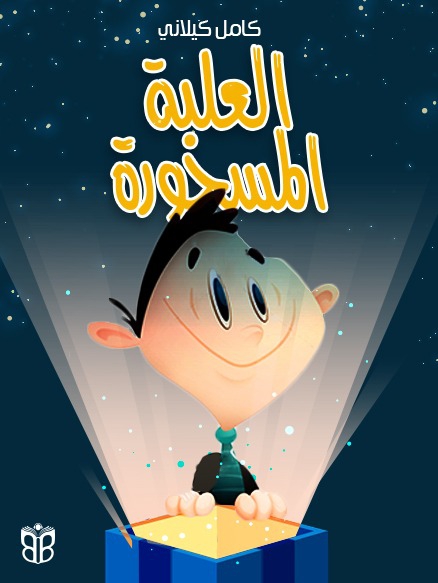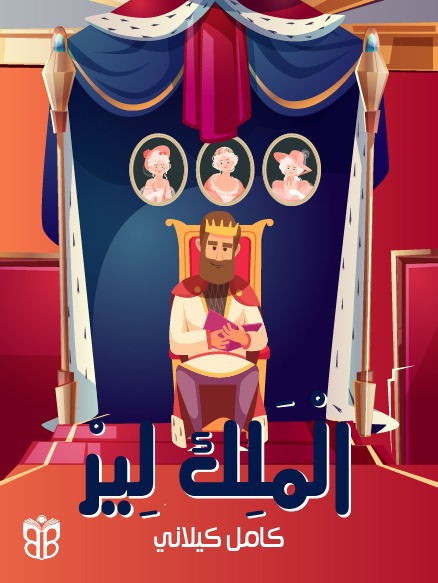
الاكثر استماع من حواديت اطفال قبل النوم
يُعد تصنيف الحواديت من الوسائل الثقافية والأدبية التي تهدف إلى تنظيم هذا النوع الشعبي من السرد القصصي، حيث تُعرف الحواديت بأنها قصص تُروى شفهيًا أو تُكتب بأسلوب بسيط وسلس يستهدف عادة الأطفال أو الجمهور العام، وتتميّز بطابعها العفوي وتنوع شخصياتها التي قد تكون بشرية أو خيالية أو حيوانية، ويُقسم تصنيف الحواديت وفق موضوعها إلى حواديت تعليمية تهدف إلى إيصال القيم والمبادئ، وحواديت ترفيهية تركز على المتعة والتسلية، وحواديت رمزية تتضمن إشارات ضمنية لحكمة أو تجربة، كما يمكن تصنيفها حسب نوع البنية إلى حواديت قصيرة أو طويلة، حواديت ذات حبكة مغلقة أو مفتوحة، ويعتمد هذا التصنيف أيضًا على اللغة المستخدمة، سواء كانت عامية أو فصحى، وعلى الوسيط السردي مثل الحواديت المكتوبة أو المسجلة أو الحية، ويُستخدم تصنيف الحواديت في المناهج التعليمية لتنمية الخيال واللغة عند الأطفال، وفي الدراسات الفولكلورية لفهم أنماط الحكاية الشعبية وتحليل بنيتها ورمزيتها، كما يُستخدم في صناعة المحتوى الرقمي والترفيهي لتطوير قصص تفاعلية وألعاب تعليمية، ويُسهم التصنيف في الحفاظ على التراث الشفهي وتوثيق الحكايات الشعبية التي تعكس تقاليد وثقافات الشعوب، ويساعد أيضًا على تحليل أنماط السلوك والقيم التي تنقلها الحواديت من جيل إلى جيل، ويُستخدم هذا التصنيف من قبل الكتّاب والمربين والمصممين لتطوير حكايات مناسبة للفئة العمرية المستهدفة، كما يعزز تصنيف الحواديت من قدرة الأطفال على الفهم والتحليل والتخيل، ويدعم بناء علاقة بين الطفل والسرد، مما يجعل من الحواديت أداة تربوية وثقافية واجتماعية غنية وعميقة. --- The classification of folk tales (hawadeet) is a cultural and literary method aimed at organizing this popular narrative form. Hawadeet are stories told orally or written in a simple and smooth style, typically aimed at children or the general public. They are characterized by spontaneity and a wide range of characters, whether human, imaginary, or animal. They are classified by theme into educational tales that convey values and morals, entertaining tales that focus on amusement, and symbolic tales that carry implicit wisdom or life lessons. They can also be classified by structure into short or long tales, those with closed or open plots. The classification also considers language, whether colloquial or classical Arabic, and the storytelling medium—written, recorded, or live. Hawadeet classification is used in educational curricula to develop children's imagination and language skills, and in folklore studies to understand and analyze the structure and symbolism of traditional narratives. It is also used in digital and entertainment content creation to produce interactive stories and educational games. Classification helps preserve oral heritage and document traditional tales that reflect the customs and cultures of various communities. It also aids in analyzing behavioral patterns and values passed down through generations. Writers, educators, and designers use this classification to craft age-appropriate tales. It enhances children's comprehension, analytical thinking, and imagination, fostering a strong connection between the child and storytelling. Thus, the classification of hawadeet is not merely a structural exercise but a rich educational, cultural, and social tool that preserves tradition and inspires creativity.
